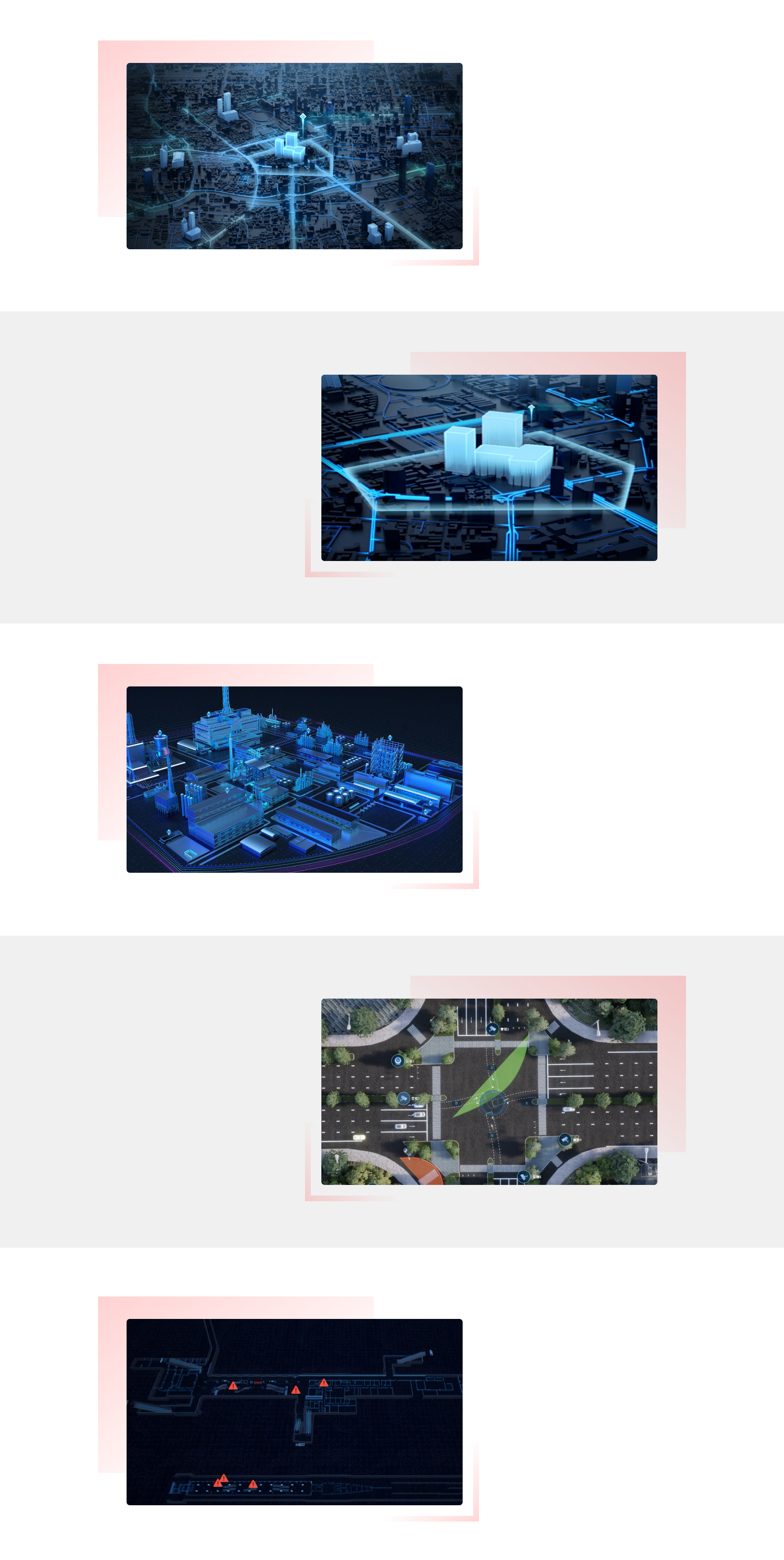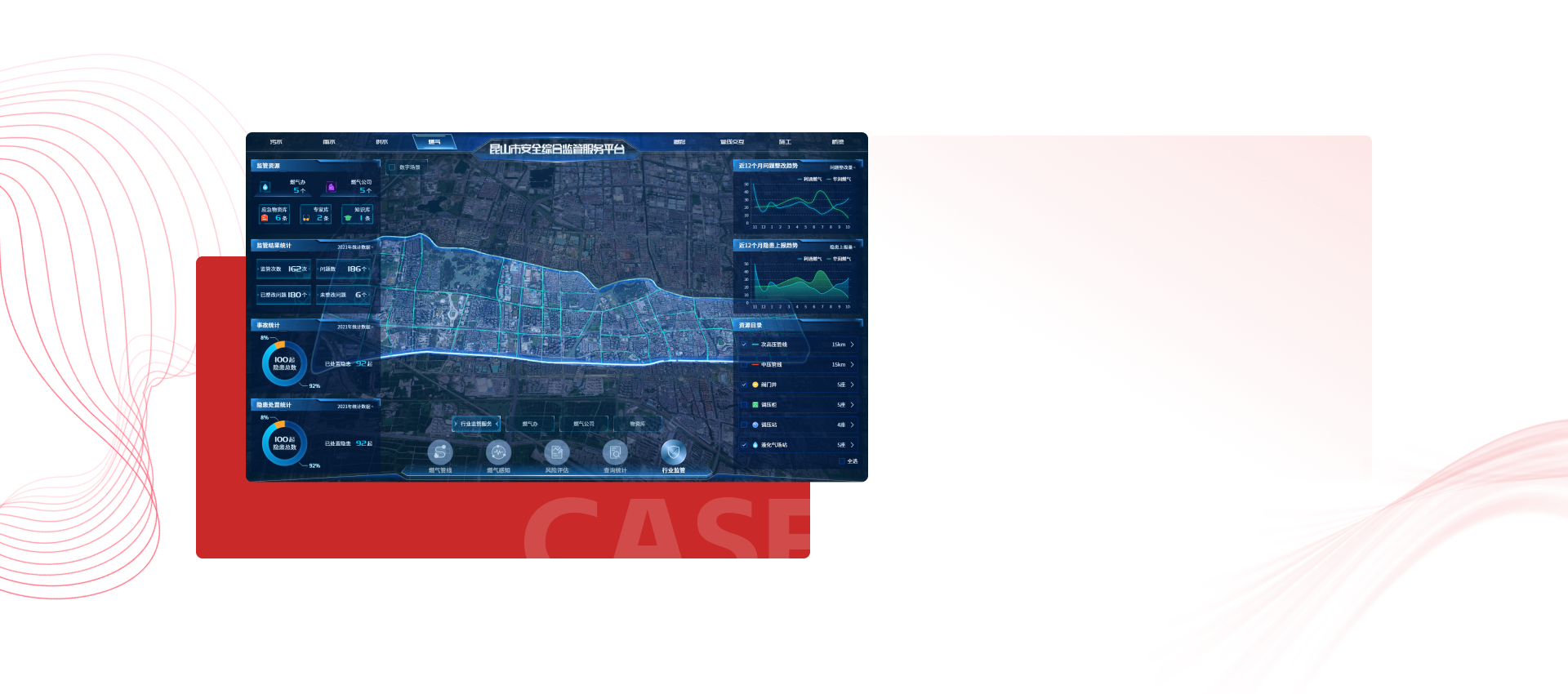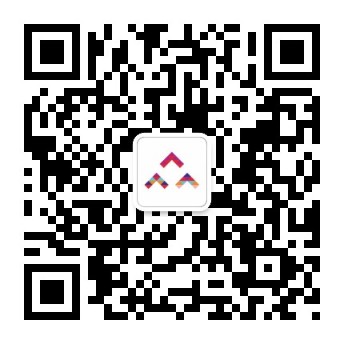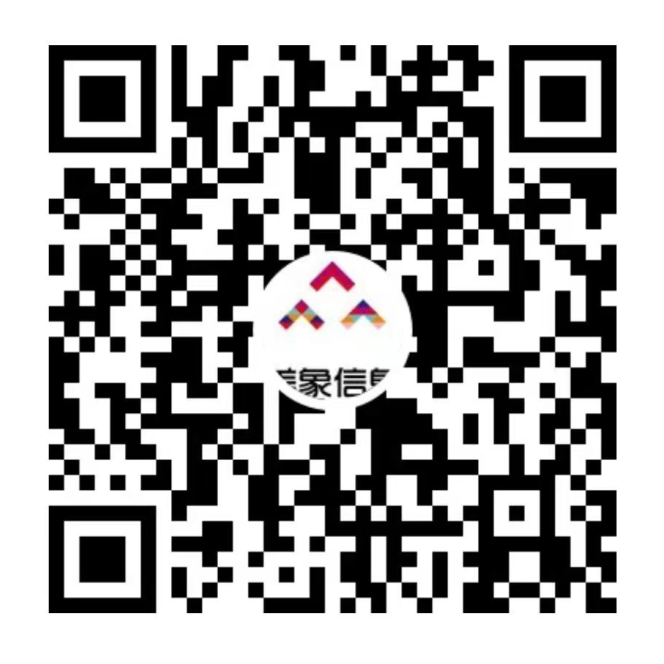Urban Lifeline
- Urban lifeline is an engineering system to ensure the normal operation of the city, involving gas, water supply, drainage, transportation, communication, power supply, bridges and many other fields, and others.
- Its safe operation is closely related to the lives, production, and safety of the people in the city.
- With the emergence and development of advanced technologies such as smart sensors, wireless communication, big data, and artificial intelligence, new opportunities have been brought to the integrated management of urban public facilities.

Industry pain points


Resolving urban governance challenges

Based on digital twin technology, a three-dimensional, visual virtual water plant is constructed, focusing on energy conservation, cost reduction, workforce optimization, and fine-grained management. It integrates various static, dynamic, and management data, providing an intuitive display of key data and indicators across all water supply processes. This approach comprehensively supports the entire business cycle of raw water, water treatment, water distribution, drainage, wastewater treatment, and water conservation, significantly enhancing the operational efficiency of water utilities.
Based on advanced technologies such as artificial intelligence, Internet of Things (IoT), and digital twin, the facilities and equipment within the gas stations in the region (urban, suburban, and county areas) are accurately replicated. Comprehensive perception of personnel, equipment, and environment within the stations is conducted, enabling real-time alerts for risk events such as gas leaks and equipment anomalies. This empowers the gas industry to move towards informationization, visualization, and green environmental protection.
Constructing a three-dimensional visualization base for digital twin cities, supporting precise control and management of core business indicators such as urban real-time situation, traffic flow situation, distribution of equipment and materials, equipment operation status, and abnormal alarm events. This empowers scientific governance of urban transportation, making urban traffic more efficient, safe, and stable.
By integrating reality with virtuality, real-time mapping of various elements such as people, vehicles, roads, and environments from the real traffic situation is achieved in the virtual digital space. Through an immersive three-dimensional real scene management approach, efficiency in traffic hub management, intelligent building management, operation monitoring management, vehicle parking management, emergency command, and energy consumption management is enhanced. This allows for comprehensive and intuitive control of real-time dynamics on-site, coupled with emergency command functions, providing visual decision-making support for traffic hub operation and maintenance management. It addresses the challenges of emergency operations and coordinated scheduling in transportation scenarios such as subways, high-speed railways, ports, holographic intersections, and airports.
Based on digital twin technology, a three-dimensional visualization platform is constructed to aggregate underground pipeline resources, forming a comprehensive multidimensional "one-map" and achieving the intelligent management of the smart pipeline network through digitalization, intelligent operation, and lifecycle management. The platform displays underground pipeline information, making pipeline data clearer and more understandable, and providing various functions such as queries, statistics, pipeline editing, and auxiliary analysis. This platform provides accurate, intuitive, and efficient references for the planning, utilization, and scientific layout of underground pipeline resources, facilitating the visual and tangible aspects, co-construction, sharing, intelligent analysis, and smooth and efficient operation of the underground "lifelines."
Urban water supply and drainage
Smart pipeline network
Gas hazardous chemicals
Urban transportation
Urban transportation
Transportation hub

Kunshan urban lifeline
The city of Kunshan focuses on the construction of urban lifeline safety projects covering the entire city area, with nine key scenes including gas, water supply, rainwater, sewage, bridges, roads, electricity, pipeline interactions, and construction. It aims to create a comprehensive safety engineering system. This system prioritizes functions such as facility safety information perception and collection, key prevention zone safety information perception and inspection, as well as integrated risk identification and assessment. Additionally, it serves as a comprehensive supervision platform for urban lifeline safety, providing services for hidden danger tracking, warning information dissemination, and emergency response scheduling. This initiative adopts a working pattern characterized by "Party leadership, grid linkage, professional allocation, data empowerment, and closed-loop management." It comprehensively improves the operational efficiency and regulatory effectiveness of urban lifeline facilities, thereby achieving a shift in urban lifeline safety management from "treatment-oriented" to "prevention-oriented" and from "passive response" to "active supervision."
Classic Case
请输入段落文字





